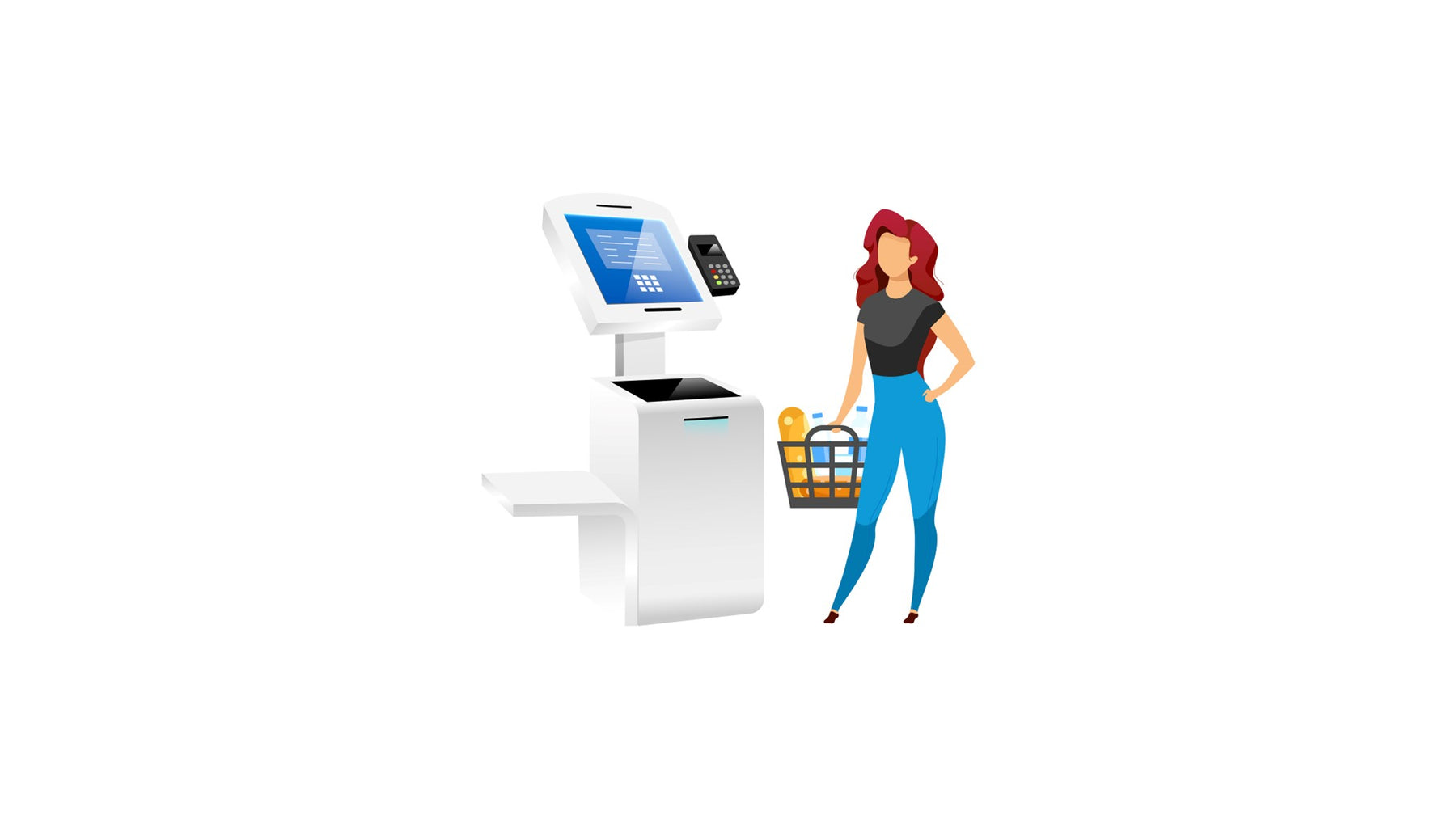Email: ashley@numa-tech.com
Email: sales@numa-tech.com

An In-Depth Introduction to Self-Checkout Solutions in Retail
Introduction:
In an era characterized by rapid technological advancements and a growing emphasis on enhancing customer experiences, self-checkout solutions have emerged as a transformative force in the retail industry. This article provides a comprehensive introduction to self-checkout solutions, delving into their origins, key components, and the myriad ways in which they are reshaping the traditional retail landscape.
The Genesis of Self-Checkout:
The concept of self-checkout first gained traction in the late 20th century as a response to the increasing demand for streamlined and expedited checkout processes. Initially introduced as a novel experiment, self-checkout kiosks aimed to empower customers by allowing them to take control of their shopping experience, eliminating the need for prolonged waits in traditional checkout lines.
Understanding Self-Checkout Solutions:
At its core, a self-checkout solution refers to an automated system that enables customers to scan, bag, and pay for their purchases without the assistance of a cashier. These solutions leverage cutting-edge technologies, such as barcode scanning, payment processing, and user-friendly interfaces, to create a seamless and efficient transaction process.
Key Components of Self-Checkout Systems:
1. Barcode Scanners: Integral to self-checkout, barcode scanners allow customers to swiftly scan the barcodes on their selected items, initiating the transaction process.
2. Payment Processing: Self-checkout systems support various payment methods, including credit cards, mobile payments, and cash, providing customers with flexibility and convenience.
3. Bagging Area and Weight Verification: The bagging area ensures that items scanned are properly placed, while weight verification prevents inadvertent errors and enhances security.
4. User Interface: Intuitive touchscreens guide customers through the self-checkout process, offering prompts, instructions, and sometimes even multilingual options to enhance accessibility.
Advantages of Implementing Self-Checkout:
1. Increased Efficiency: Self-checkout expedites the checkout process, reducing wait times and enhancing overall operational efficiency for both customers and retailers.
2. Cost Savings: By automating certain aspects of the transaction process, retailers can optimize staffing levels, leading to potential cost savings.
3. Enhanced Customer Experience: Empowering customers with control over their transactions contributes to an improved overall shopping experience, fostering a sense of autonomy and convenience.

User Experience in Self-Checkout:
A critical aspect of self-checkout solutions is the user experience. Design elements such as clear signage, responsive touchscreens, and user-friendly prompts contribute to a positive interaction. Error-handling mechanisms and assistance features ensure that customers can navigate the system confidently.
Challenges and Evolving Self-Checkout Solutions:
While self-checkout solutions offer numerous benefits, challenges such as product recognition issues, payment errors, and the potential for theft have been areas of concern. Ongoing technological advancements, including the integration of artificial intelligence, machine learning, and enhanced security measures, are addressing these challenges to make self-checkout even more robust and reliable.
Integration with Retail Operations:
Self-checkout systems seamlessly integrate with existing retail operations, connecting with inventory management systems, loyalty programs, and other crucial aspects of the business. This integration not only streamlines processes but also provides valuable data for retailers to analyze and optimize their operations.

NUMA DT-80, the best partner for self-checkout solution
Must know product features

Barcodes supported
1D codes: All UPC/EAN/JAN, Code 39, Code 39 full ASCII, Code 32 / Italian Pharmacode, Code 128, CODABAR, Interleaved 2 of 5, MSI, Code 93, GS1 DataBAR 14, GS1 DataBar Expanded, GS1 Expanded Stacked, GS1 Data Bar Limited, GS1 Composite Component A/B/C
2D codes: PDF417, Micro PDF417, DataMatrix, QR Code, Micro QR Code, Aztec, Maxicode
Good read e-barcode on mobile device screen
The high-speed decoder integrated in the 2D barcode scanner presents rapid reading performance even when reading poorly printed and damaged codes, or reading codes on LCD screens of mobile phones, PDA’s and computers.
Program the wired barcode scanner to satifsfy what you need
The 2D scan engine integrated can be programmed with no difficulty or effort. NUMA provides rich configuration codes that fit for different user demands. User can simply scan the barcodes provided and configure the reader as needed, easy and quick setting.
Connect to different interfaces as needed
No matter user’s system requires USB-KB, USB-COM or RS-232 interface, NUMA 2D barcode scanner only needs to change cable and configure to the right interface if they want to change the interface. USB-COM is also available if the system does not have enough serial port. Users can install driver to use USB simulate serial data transmission.
Conclusion:
As technology continues to advance, self-checkout solutions are poised to play an even more significant role in shaping the future of retail. By providing a quick, efficient, and user-friendly alternative to traditional checkout methods, self-checkout is transforming the retail landscape, meeting the evolving needs and expectations of both retailers and consumers. In embracing self-checkout solutions, the retail industry is moving towards a more streamlined and customer-centric future.
Find out more information of NUMA scanners, please visit NUMA website https://www.numa-tech.com/. Or please send your inquiry to sales@numa-tech.com for proposal and quote.